
Jesse James was America’s first outlaw folk hero. Jesse was the second living son of Baptist minister Robert S. James and his wife Zerelda. They married when Robert was 23 and Zerelda 16.
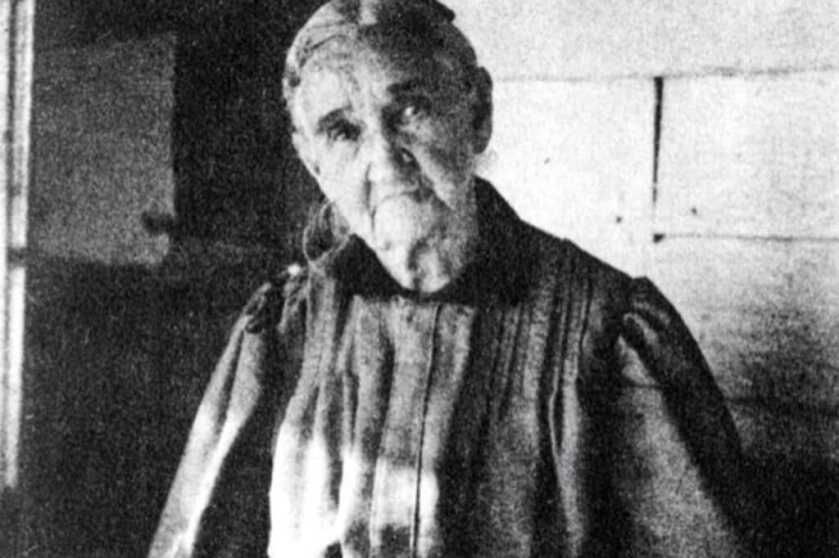
Zerelda stood nearly six feet tall and was an imposing woman. Pastor Robert struck out alone for California during the gold rush to save the souls of the miners. Upon arrival, he promptly contracted a disease and died. Zerelda was left with 225 acres, three children, and five slaves. There had been six but the good reverend sold one to pay for his doomed trip.
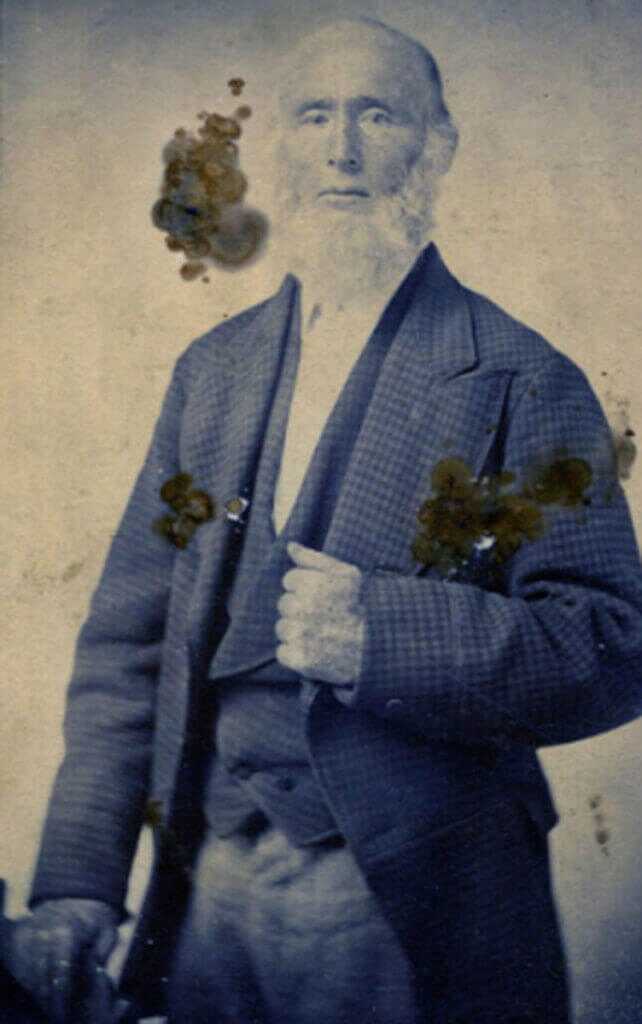
Zerelda remarried, but that man was thrown from a horse and died. She married her third husband, a physician, in 1855 and insisted on a prenuptial agreement to ensure that the Missouri farm stayed with her family. Along the way, Jesse and his older brother Frank developed a taste for chaos.
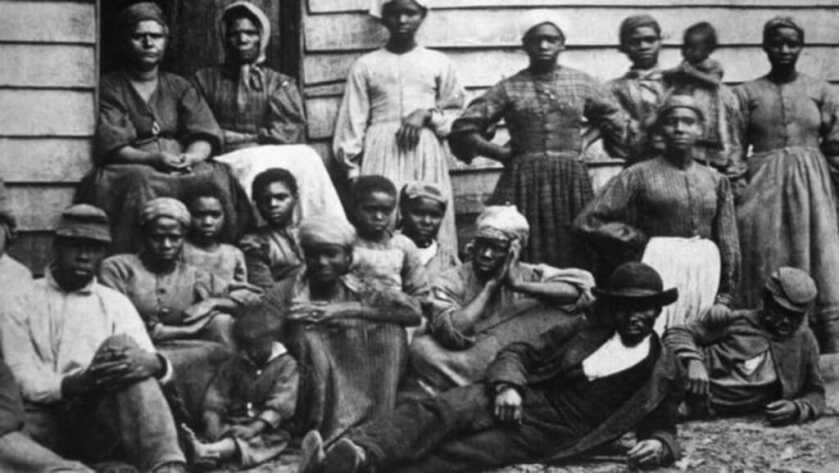
Slavery was like gunpowder in the volatile border areas between North and South in the late 1850s. This part of Missouri became known as “Little Dixie.” Slave labor drove both tobacco and hemp farming.
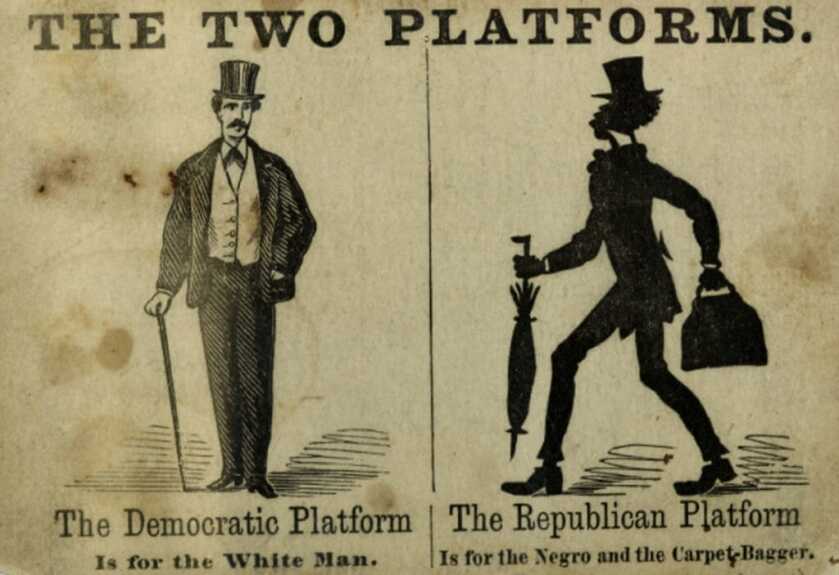
Opinions rode the fringes with very little middle ground. This explosive milieu was populated by abolitionist Republicans and pro-slavery Democrats. Both ideologies formed militias. The end result was violence aplenty.
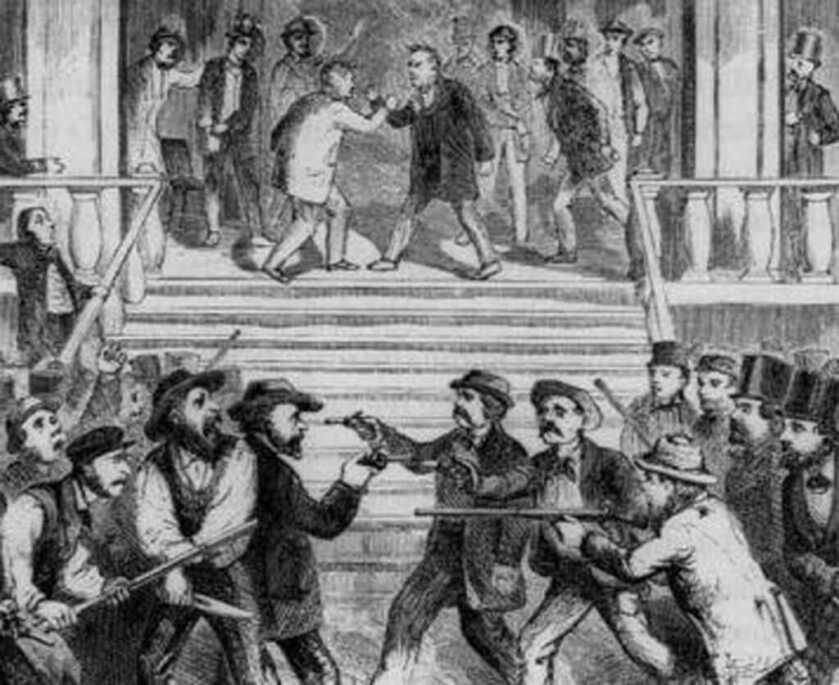
From 1854 until 1861 the ongoing guerilla conflict was known as Bleeding Kansas. Frank was old enough to participate. Jesse was not.
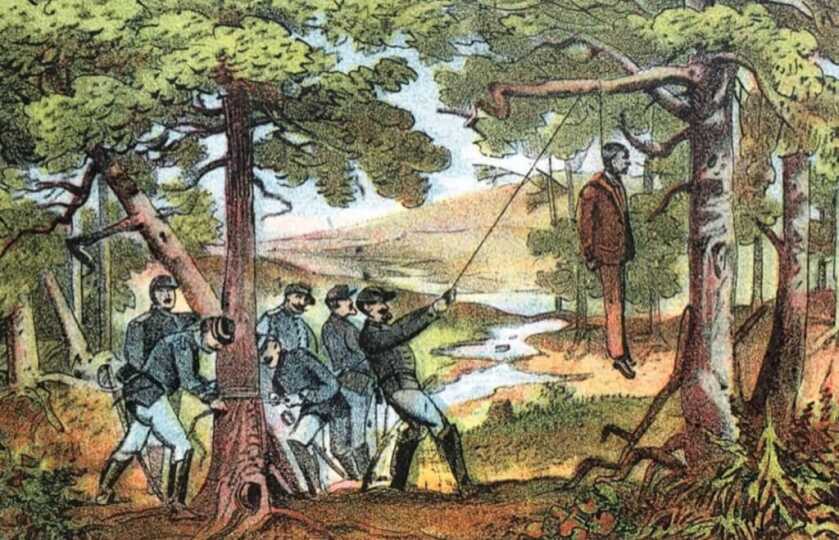
With the formal outbreak of war in 1861, Frank joined a local Confederate company and fought at the Battle of Wilson’s Creek. In May of 1863, a Union militia company raided the James’ farm looking for members of Frank’s unit. They tortured Jesse’s stepfather the physician Reuben Samuel by hanging him by the neck from a tree and lowering him only when death was imminent. They also flogged young Jesse mercilessly.
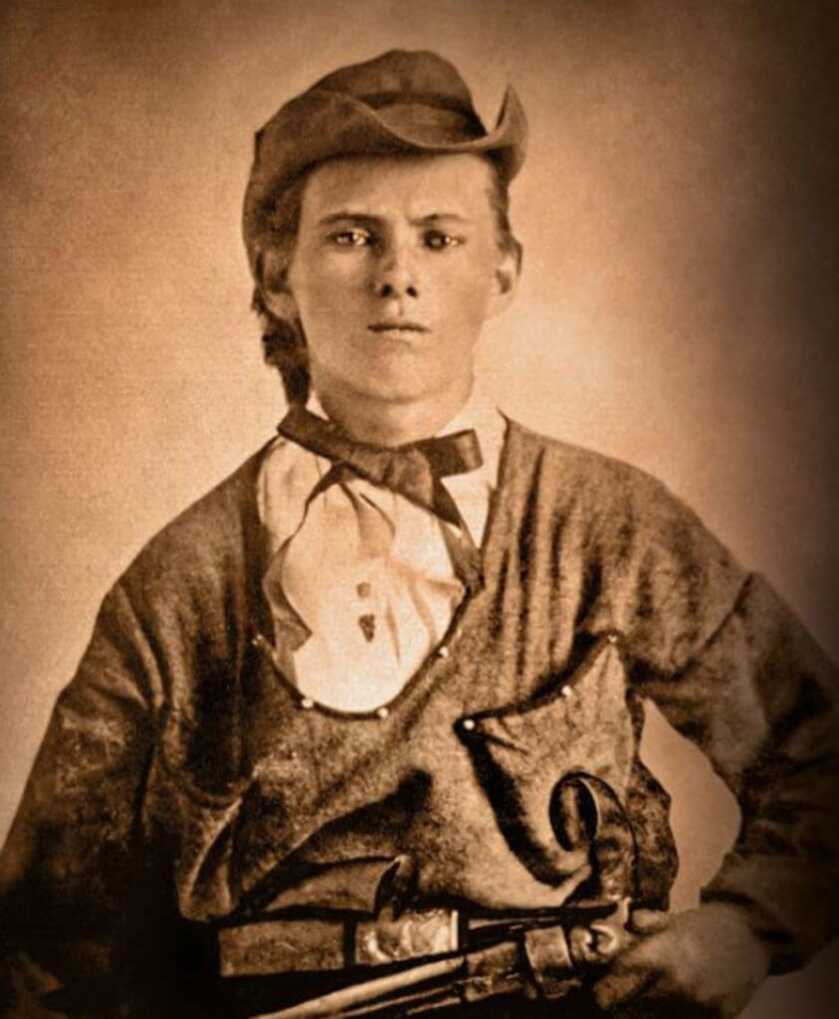
Frank escaped and joined the legendary Quantrill’s raiders. The torture left Jesse with a bad taste concerning abolitionists so he enlisted in the Spring of 1864 alongside his brother. At age 16 Jesse James was officially a soldier.
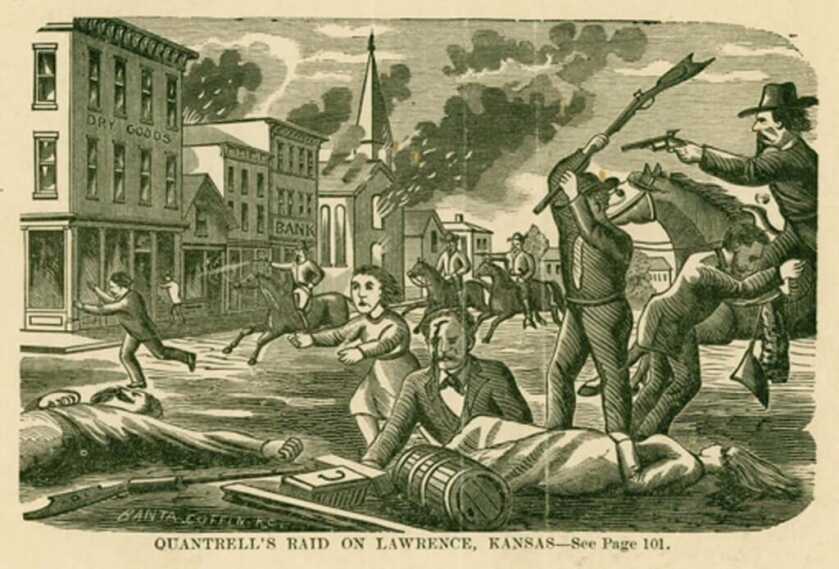
A month later, Jesse’s unit captured one Brantley Bond, a member of the mob that had whipped him and nearly killed his stepfather. As Bond begged for his life young Jesse simply reminded him of his previous ill deeds and shot him dead. The following day they captured Alvis Dagley, another of Bond’s comrades. This time Frank did the honors.
War Ages a Man
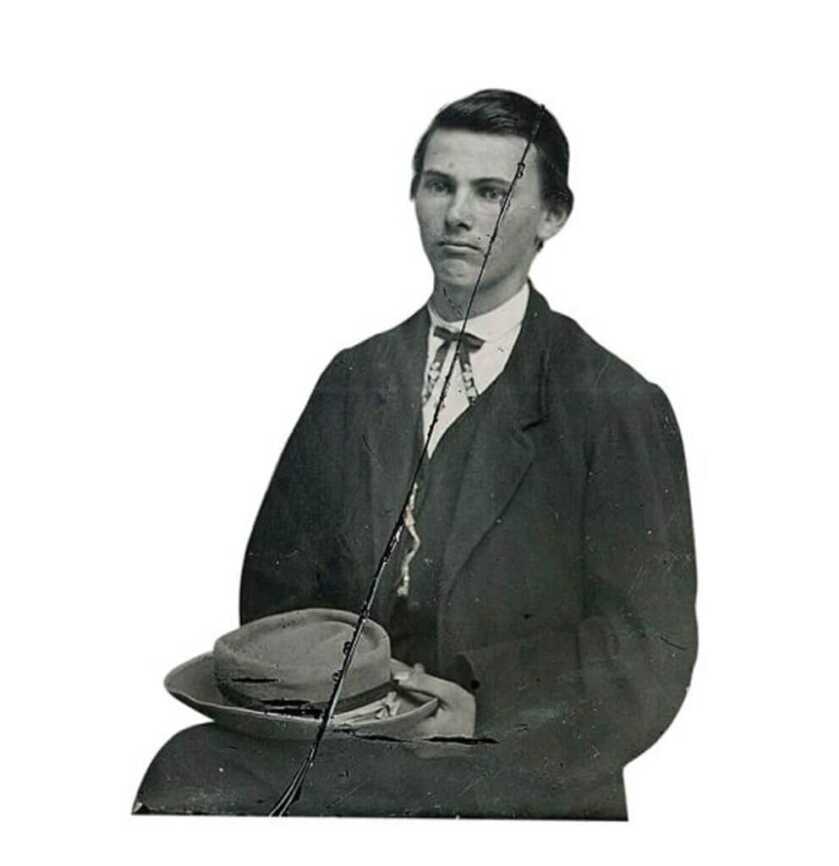
Jesse was shot twice that summer. The first wound involved the theft of an unattended saddle. The saddle’s owner glimpsed the crime and shot the boy in the right chest. Gunshot wounds can be fickle unpredictable things. Jesse recovered from this one fairly quickly.
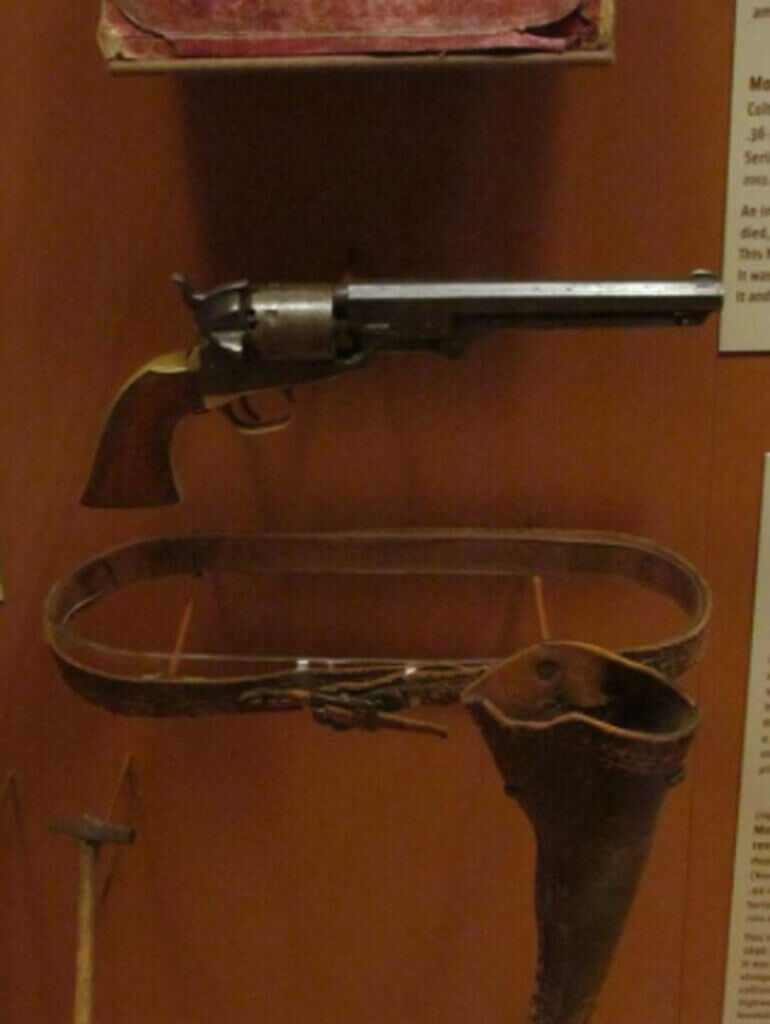
Later Jesse was cleaning one of his revolvers when it went off and took with it the end of his left middle finger. Jesse was said to have shouted, “Oh, ding it! Ding it! How it hurts!” He was, after all, the son of a Baptist minister. From that point forward close friends and family referred to him informally as Dingus.
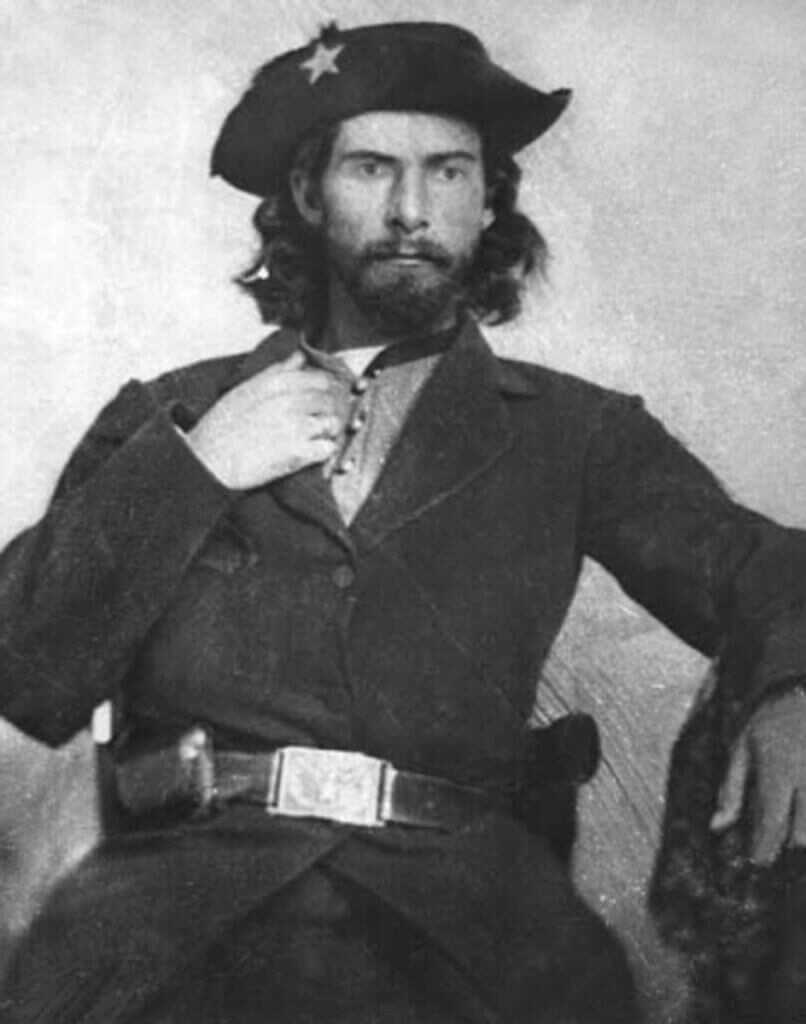
By September 1864 Jesse was riding with “Bloody Bill” Anderson, the commander of a ruthless Confederate mob known as the Bushwhackers. This crew made a habit of scalping those they killed in battle. On September 27th Jesse and his mates sacked Centralia, Missouri, cutting down 24 unarmed Federals who had the misfortune of arriving by train during the attack. Later that afternoon, Anderson’s mounted unit routed 115 Union troops sent to kill them. During the pursuit, the lithe young Jesse caught up with the Federal commander on horseback and shot him through the head at close range. Word of this remarkable feat sparked what would soon become nationwide fame.
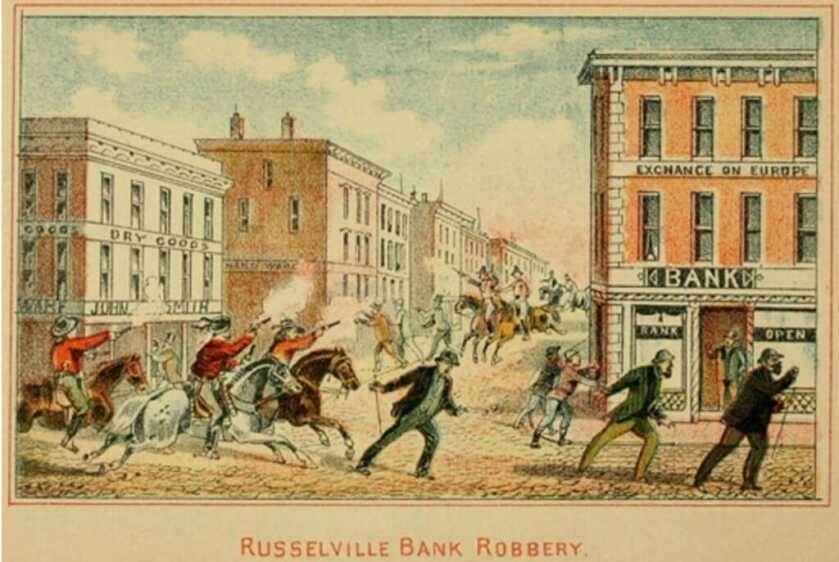
In May of 1865 during a skirmish with a Union patrol, Jesse caught a pistol ball in the right lung, nearly atop the site of his previous wound. This time he did not fare so well. By the time he healed the war was over. However, there is a fine line between roving independent Cavalry unit and a band of outlaws. Frank and Jesse allied with some old Army buddies and launched upon their true calling. They started robbing banks and trains.
The Making of a Legend
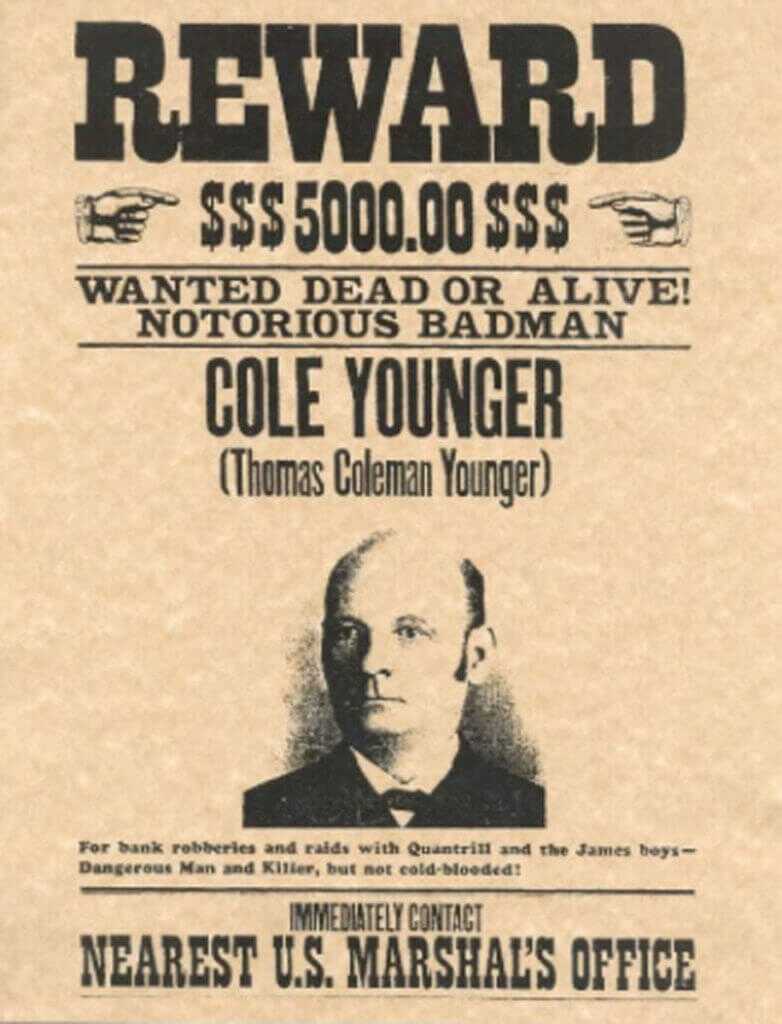
The details of Jesse James’ criminal exploits have been documented exhaustively in print and film. He associated with the likes of Cole Younger and killed as he stole. One of his first banks was the Daviess County Savings Association in Gallatin, Missouri. Jesse and Frank supposedly entered the bank and shot Captain John W. Sheets dead before escaping with a pittance. Later they bragged at having murdered Major Samuel Cox, the man who killed their former commander Bloody Bill Anderson. Sheets’ death was apparently simple mistaken identity.
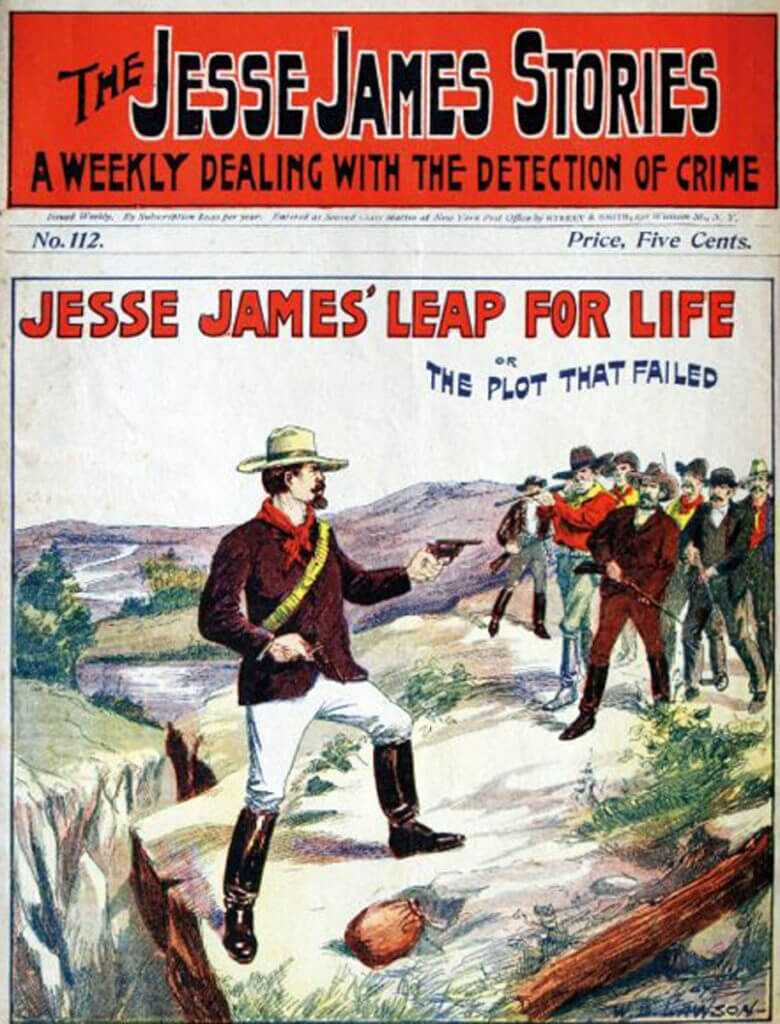
Over the next several years Jesse was tied to nineteen robberies and the deaths of twenty men, seven of them in his own outlaw gang. Jesse likely conducted the first daylight armed robbery of a bank in the United States. Pulp writers of the day made him out to be a 19th century Robin Hood, but there is no evidence he gave any of his ill-gotten cash to anyone outside his immediate family.
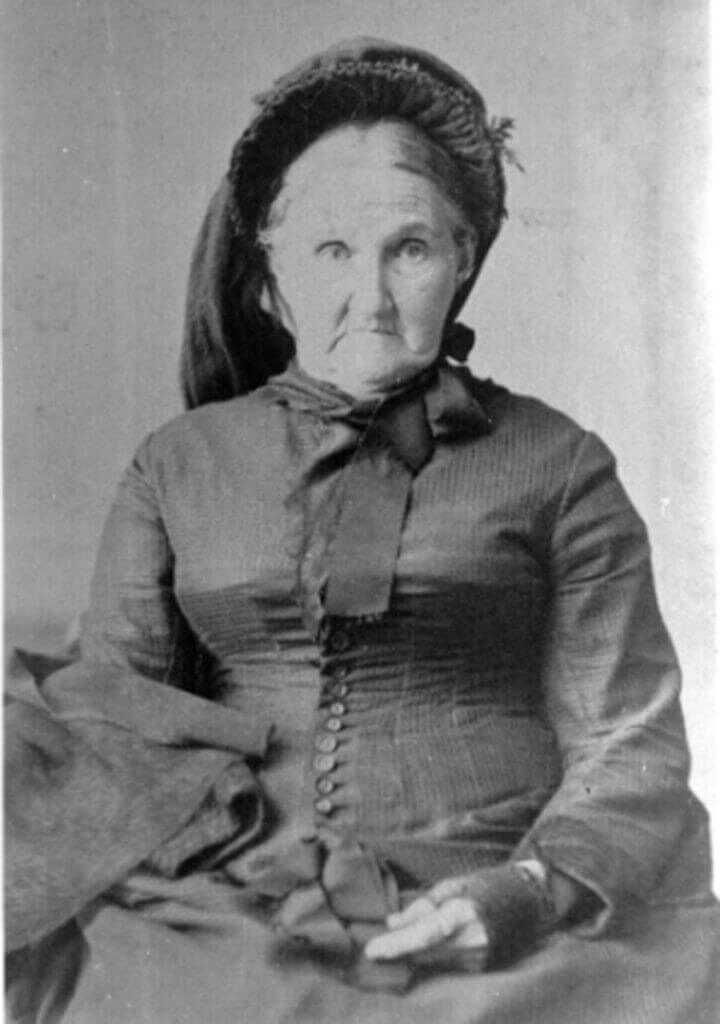
Violence followed Jesse everywhere. In 1875 a group of Pinkerton detectives tossed a bomb through the kitchen window of his family home. The device killed his eight-year-old half brother outright and blew his mother Zerelda’s right arm off at the elbow.

By 1876 the James-Younger gang was done. Only Jesse and Frank remained breathing and free. After a brief hiatus, they went on one final crime spree, but their notoriety had become their downfall. In 1881 Frank left for Virginia, while Jesse headed home to Missouri. They would never see each other again.
The Murder
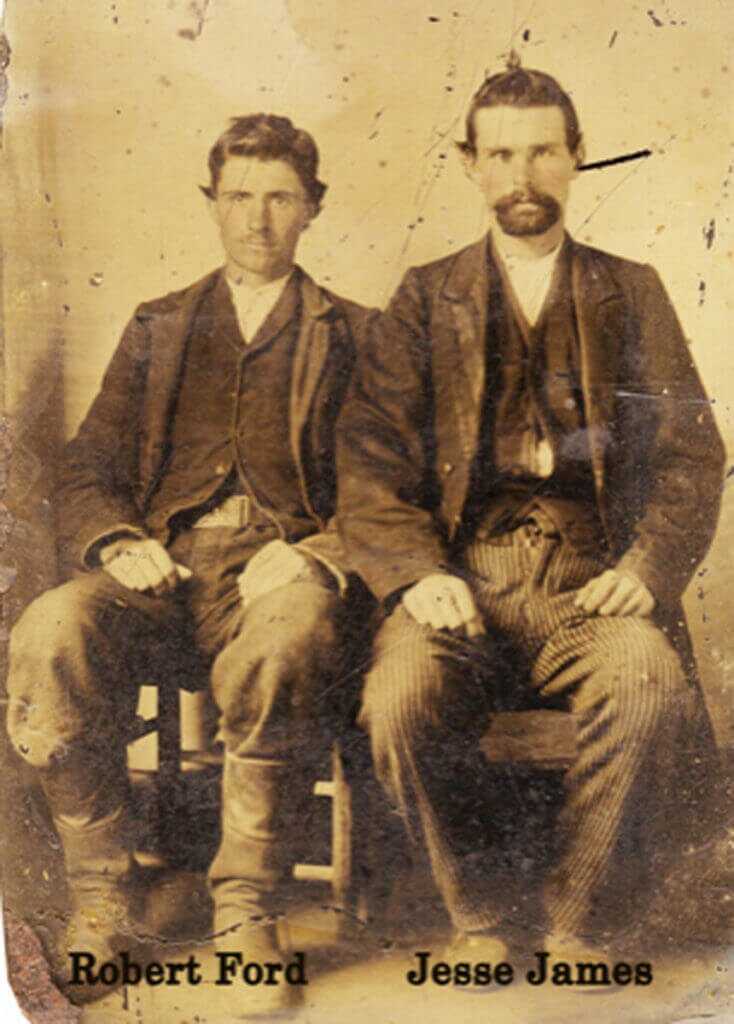
A life of crime inevitably breeds paranoia, and Jesse trusted few men. Two remaining in his inner circle were Charley and Robert Ford. For his own protection, Jesse asked the Ford brothers to move in with him. Unbeknownst to him, Robert had struck a deal with Missouri Governor Thomas Crittenden. With a $10,000 bounty on the line, Bob Ford awaited his opportunity.
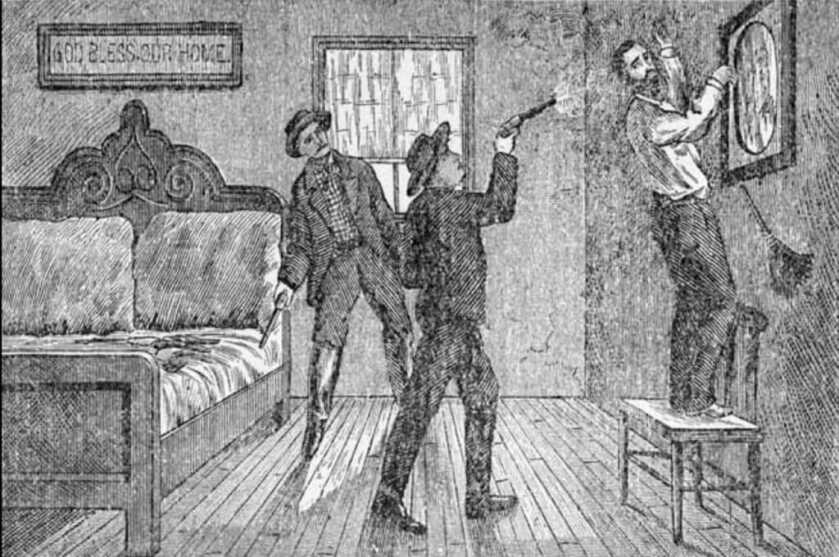
On April 3, 1882, the 34-year-old seasoned criminal Jesse James was in his living room alone with Bob and Charley Ford. Laying his revolvers on the sofa, Jesse walked across the room and stood on a chair to clean the dust from a dirty photograph. Bob Ford drew his Smith and Wesson Model 3 revolver and shot Jesse in the back of his head. Two old bullet wounds to the chest and a missing finger provided definitive identification of the corpse. Jesse James was 34 years old.
The Gun
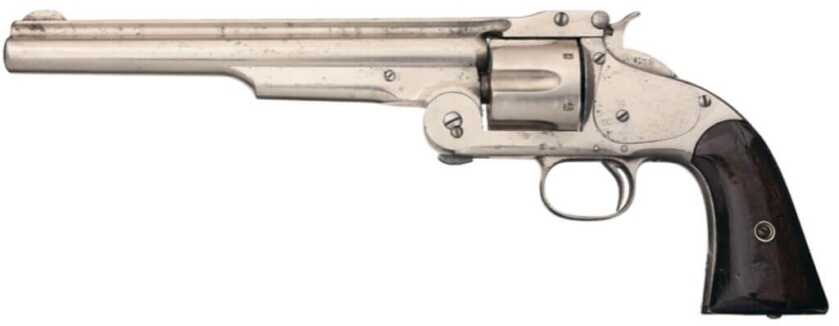
The nickel-plated Smith and Wesson Model 3 .44-caliber revolver that Bob Ford used to kill Jesse James was made in 1875. A cartridge-firing, top-break, single-action design, the Model 3 was produced in a bewildering array of variations. The gun was also called the S&W Schofield after Army Major George Schofield who made several improvements to the original design.
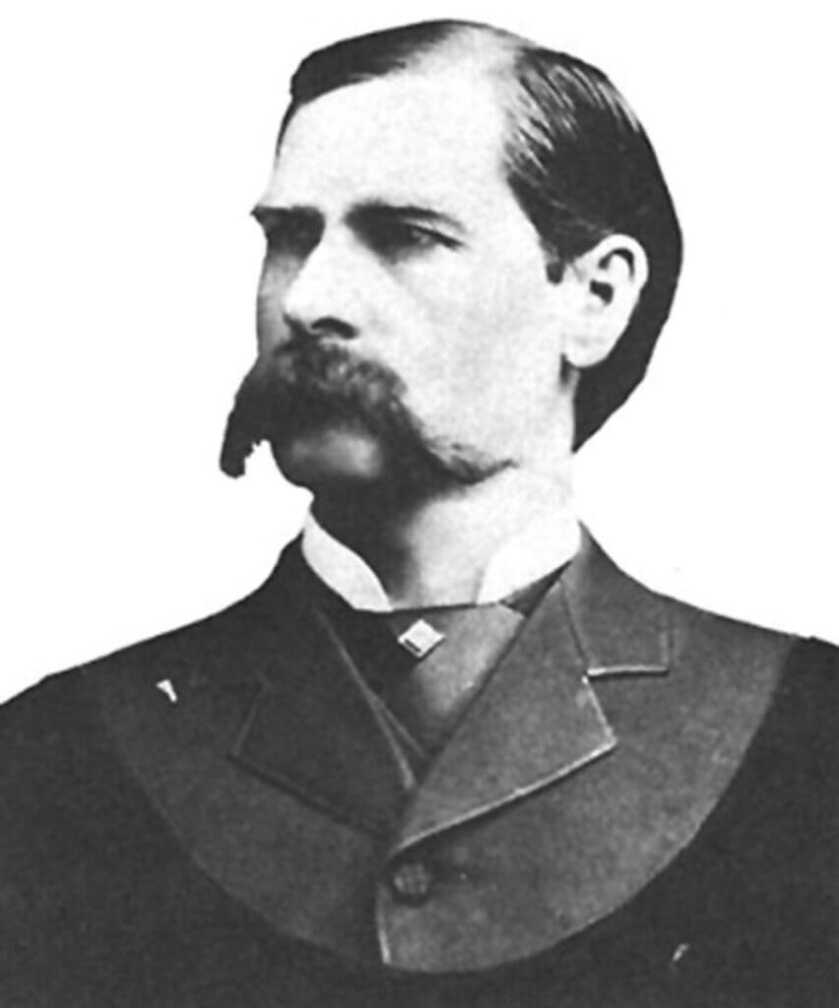
Wyatt Earp used a Schofield revolver during the gunfight at the OK Corral. Teddy Roosevelt, John Wesley Hardin, Billy the Kid, and Annie Oakley used them as well.
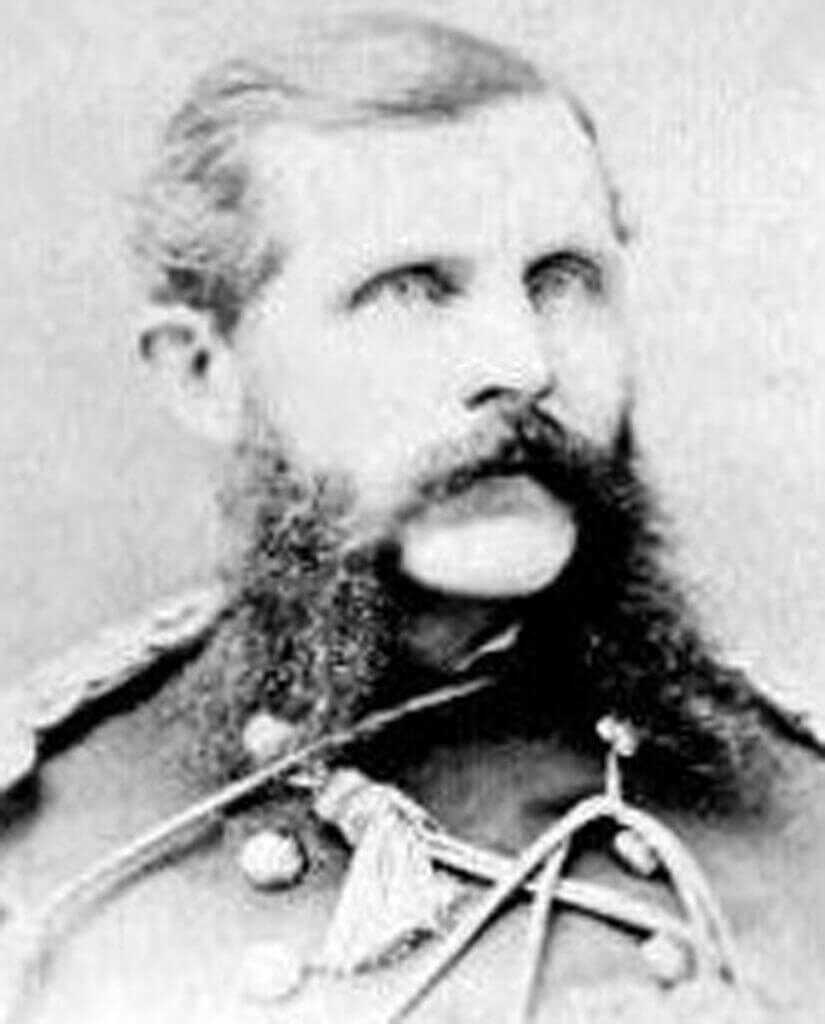
In 1882 George Schofield ultimately killed himself with one of these eponymous guns.
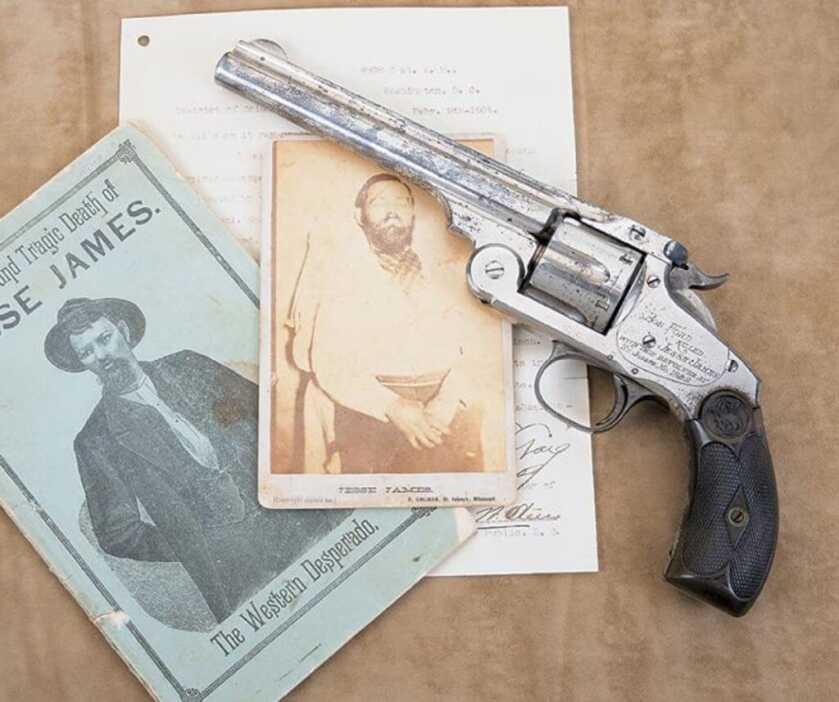
Ford gifted the murder weapon to his jailer after his release from prison in appreciation of his kind treatment. The weapon was then purchased from the son of the jailer by E. Stanley Gary who had the words “Bob Ford killed Jesse James with this revolver at St Joseph, MO, 1882” engraved upon the lock. In 1952 a collector purchased the gun and then lent it to the Jesse James Museum in 1967.
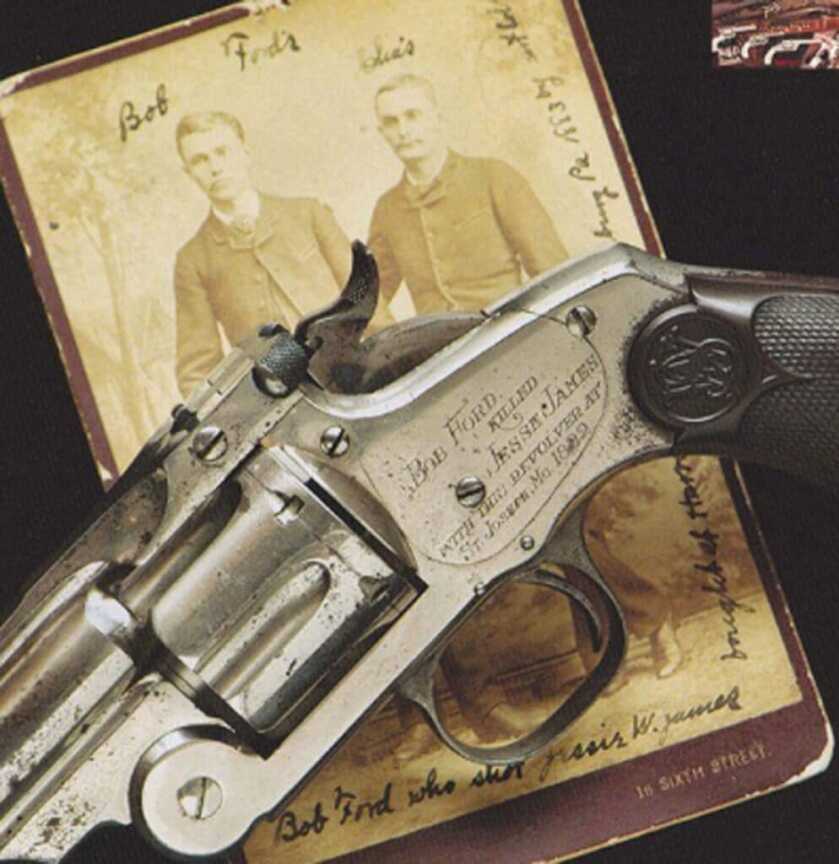
The gun was stolen a year later and presumed lost until 1993 when it went up for auction in Britain by an anonymous seller. The pistol then sold for $160,000. In 2003 Ford’s revolver was auctioned yet again. This time it brought $350,000, setting a record for historical Western firearms.
Denouement
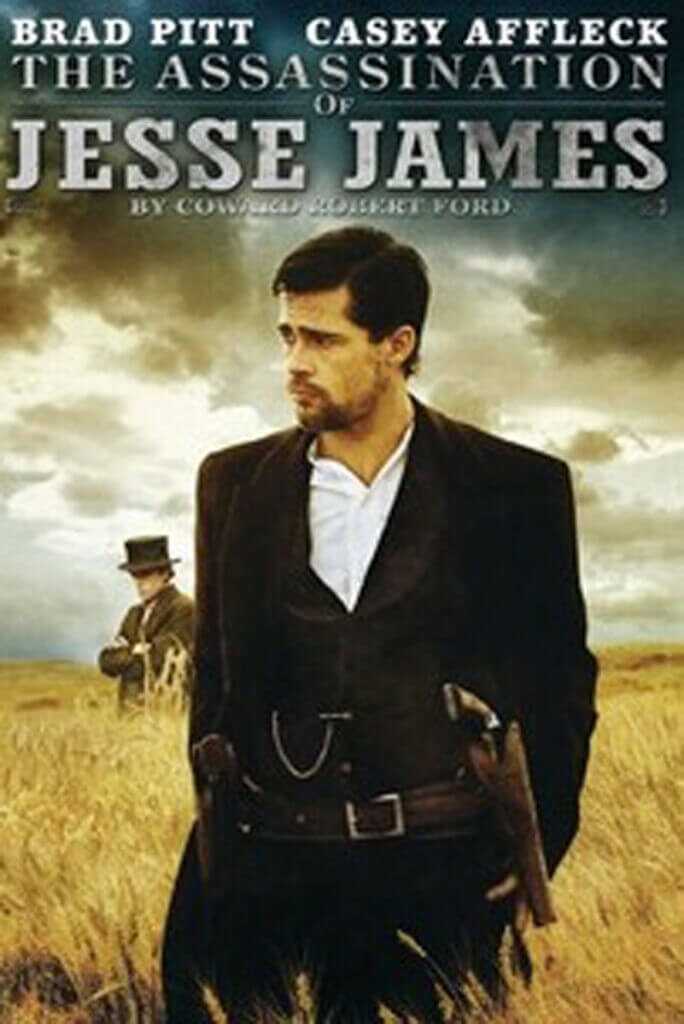
The Ford brothers surrendered to authorities and were surprised to be charged with first-degree murder for the killing of Jesse James. They were indicted, pled guilty, sentenced to death by hanging, and then pardoned by Governor Crittenden all in a single day. Most of the reward went to law officers involved in the scheme. The Ford brothers were reduced to recreating the killing as part of a touring show to support themselves.
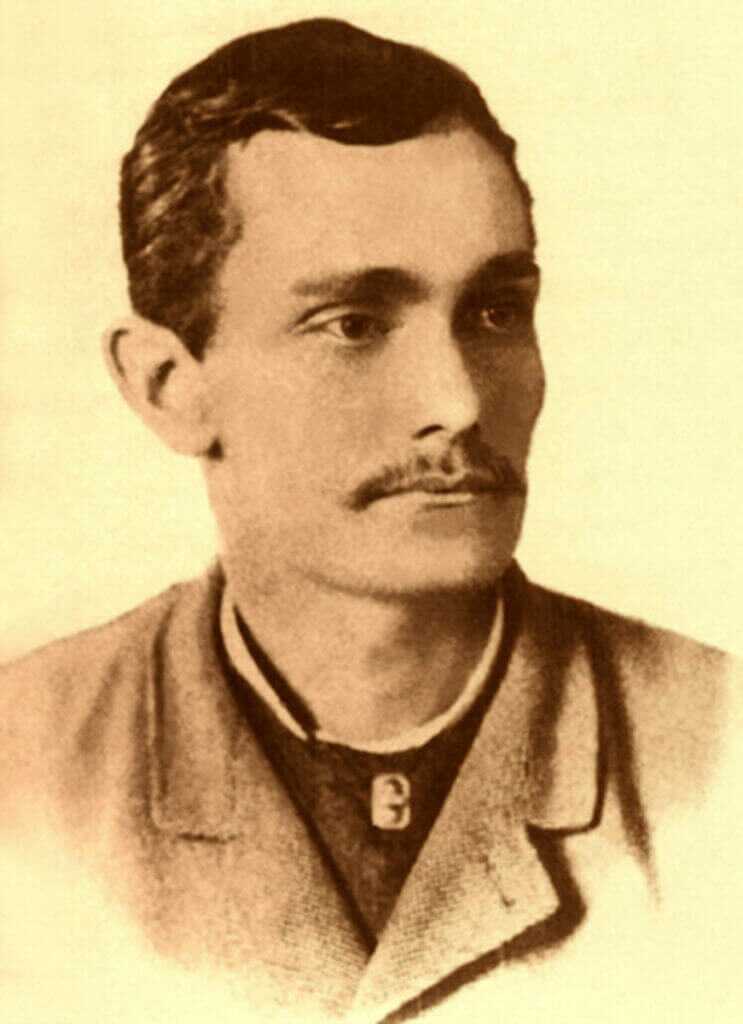
Charley developed TB and along with it a morphine addiction and took his own life in 1884.
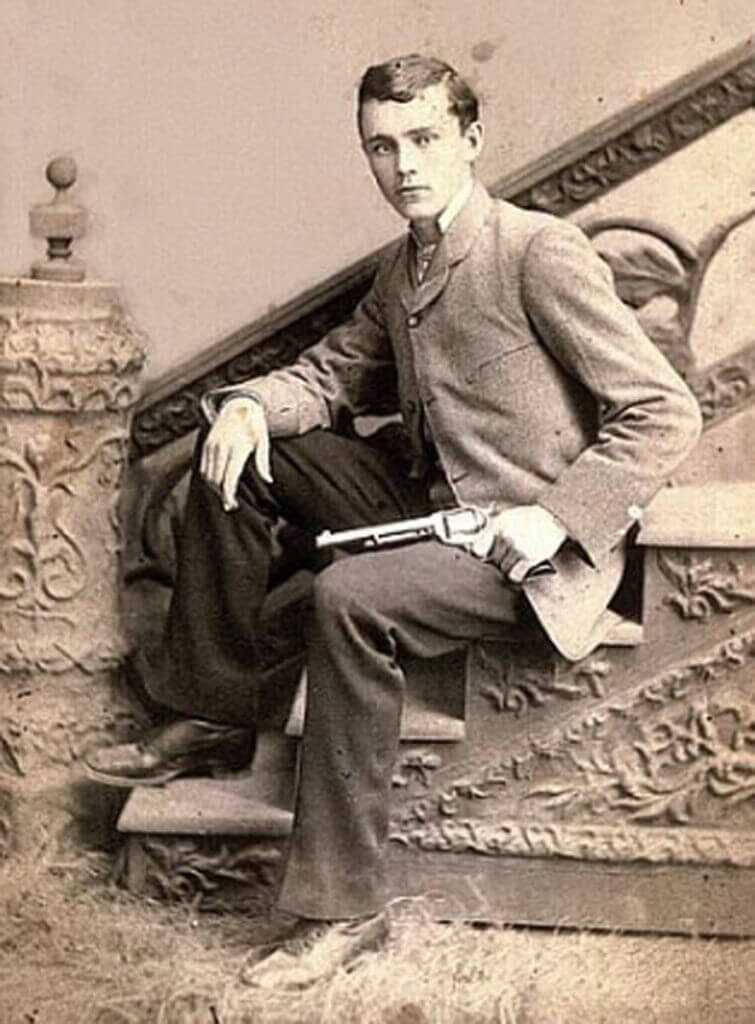
Bob Ford opened a portable tent saloon. In 1892 Edward O’Kelley walked into Ford’s establishment with a double-barreled shotgun. He said flatly, “Hello, Bob,” and then shot Ford in the throat, killing him instantly.
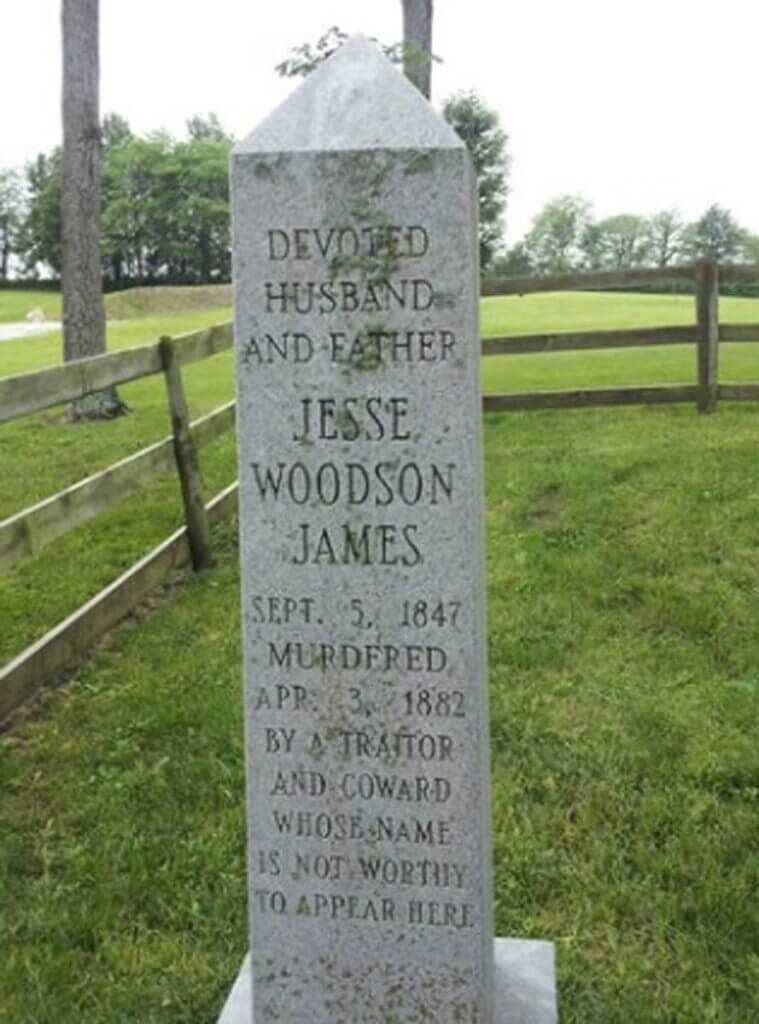
On Jesse’s tombstone his mother had engraved, “In Loving Memory of My Beloved Son, Murdered by a Traitor and a Coward Whose Name is not Worthy to Appear Here.”


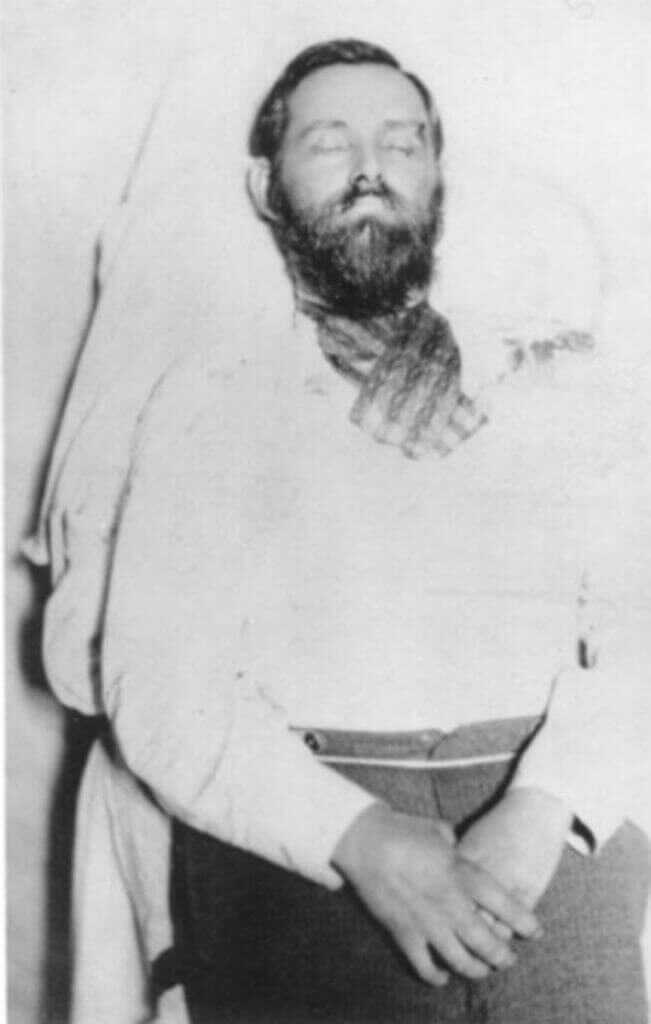


Some schools in western Missouri still teach that Quantrill’s raid on Lawrence was revenge for the Kansas jayhawker free stater’s raid on Harrisonville, Missouri. But the victors in wars write the history books, don’t they? And even as late as 1910 people in those two towns were still killing each other. A favorite ambush strategy used by Kansans was to shoot people on Sunday mornings through the windows while they sat in church, presuming them to be unarmed.
The revolver on display at the Jesse James home in St Joseph, Missouri is a later model double action. There are newspaper clippings describing its theft from the museum and later recovery. Jesse has been reburied and now lies under a flat stone in Kearney, Missouri. Zerelda’s marker is on the original site, at the farm in Kearney. The house in St Joseph was moved in the 1930’s to make it more accessible to tourists. It was later returned in the 1970’s to a location next to the Patee House Museum (an antebellum hotel), a block or so away from its original site. It was only recently that a marker was placed on the Lafayette Street lot where the house originally stood. During the 1980’s Clay County, Missouri staged an outdoor drama depicting the exploits of the James Brothers at the actual farmstead. This included a reenactment of the bombing that killed Archie Samuel and wounded Zerelda. “The Assassination of Jesse James by the Coward, Robert Ford”, by Ron Hansen has a feel for the era and depicts the James brothers as the product of a dysfunctional extended family. The period detail rings true as well. Frank James is buried in Independence, Missouri, in a small, enclosed plot under the name “Alexander F James, 1843-1915”. His wife, Ann Ralston, 1853-1944 is buried beside him.
Interesting to learn history about Jesse James. James died the in same way he killed others apparently.
Great article by Dr.Dabbs! Being a KU School of Medicine grad, I can report the Kansas vs Missouri “rivalry”/animosity still exists. Mizzou is called Mizzery, etc, whenever KU or KState in bkball or ftball. In 2012 a few weeks after KU power forward Thomas Robinson’s mother unexpectedly died, the Mizzou crowd chanted “no mom Tom!” at him. During the yearly ‘Border War’ ftball game, held at Chief’s Arrowhead Stadium, Mizzou crowd members would hold up signs saying “KS 0-Missouri 73”—> commemorating the 73 men, women, children slaughtered in Lawrence, KS by the raiding Quantrill’s Raiders (Missouri ruffians). Of course there were counterpart KS militia, known as KS Redleggers (red boot covers from knee down), aka ‘Jayhawkers’, who would raid across the MO border. Most interestingly, this is portrayed in the Clint Eastwood film ‘Outlaw Josey Wales’ where the KS ruffians burned his farmhouse & he arrives to hear his dying family’s screams, setting up the film’s revenge plot. When UMissouri left the Big12 Conf to join the mostly “Southerner” SEC, it was seen as fitting in a “go on, git! Where you belong” sort of way (historical undertones clearly driving that sentiment). RCJH.
What caught my eye was the Tabaco and Hamp farming. The fiber from Hamp is usable but so is its other by product.
It’s worth mentioning that Quantrill’s raid on Lawrence Kansas was devastating for the local Jayhawkers because their leader, James Lane, disarmed the local citizenry. Most of the male population of Lawrence was left defenseless and slaughtered but Lane somehow managed to escape the circumstances he caused.
Education is key thanks.
Great story Dr.Dabbs! Having traveled extensively in Missouri and Kansas I can tell you even today there are bad feelings among descendants on both sides of the atrocities committed up to, during and after the war. Some say never again but look how divided we are today. Those that think the Constitution is a “living document”, subject to the whims of politicians, MSM,and academia as opposed to those of us that think that’s rights come from God. The lines are being drawn and really it’s becoming apparent that there is no getting along with one another. Pray for the Republic.
Ya Mike,The fill in the blanks details of J.James was really good, but I am with you, this country is more divided now than in 1861. Only God can stop it, don’t know if He will, if not I am afraid that the Republic is done.
Great story. Appreciate the historical context and details. How about infamous shootings from the colonial period?
And “Frank went to Virginia”. So, what happened to Frank?
Seems the article is incorrect. Frank James never “went to Virginia”.
https://en.wikipedia.org/wiki/Frank_James
Tom, Frank went to prison for a while and was released, I don’t recall in what state it was.
Thanks Tom. Gives me pause on Dr. Dabbs factual writing.
Dr. Dabbs, any comment on your statement regarding Frank heading to Virginia?
I draw my information from a variety of sources but use Wikipedia just like everybody else does. The page devoted to Jesse James claims–\”By 1881, with local Tennessee authorities growing suspicious, the brothers returned to Missouri, where they felt safer. James moved his family to St. Joseph, Missouri in November 1881, not far from where he had been born and reared. Frank, however, decided to move to safer territory and headed east to settle in Virginia. They intended to give up crime. The James gang had been reduced to the two of them.\”These are the references upon which this claim is based–^ Yeatman, Ted P. (2000). Frank and Jesse James: The Story Behind the Legend. Cumberland House Publishing. pp. 193–270. ISBN 1-58182-325-8.
^ Stiles, T.J. (2002). Jesse James: Last Rebel of the Civil War. Knopf Publishing. pp. 351–73. ISBN 0-375-40583-6.Bottom line- I do the best I can with the sources I have available. Any factual discrepancies are certainly unintentional.It is my hope that you all enjoy reading these stories as much as I enjoy putting them together.Will
Informative summary. Thanks
Great story, enjoyed it immensely!
Historical accounts are always fascinating.
Good read, thanks.